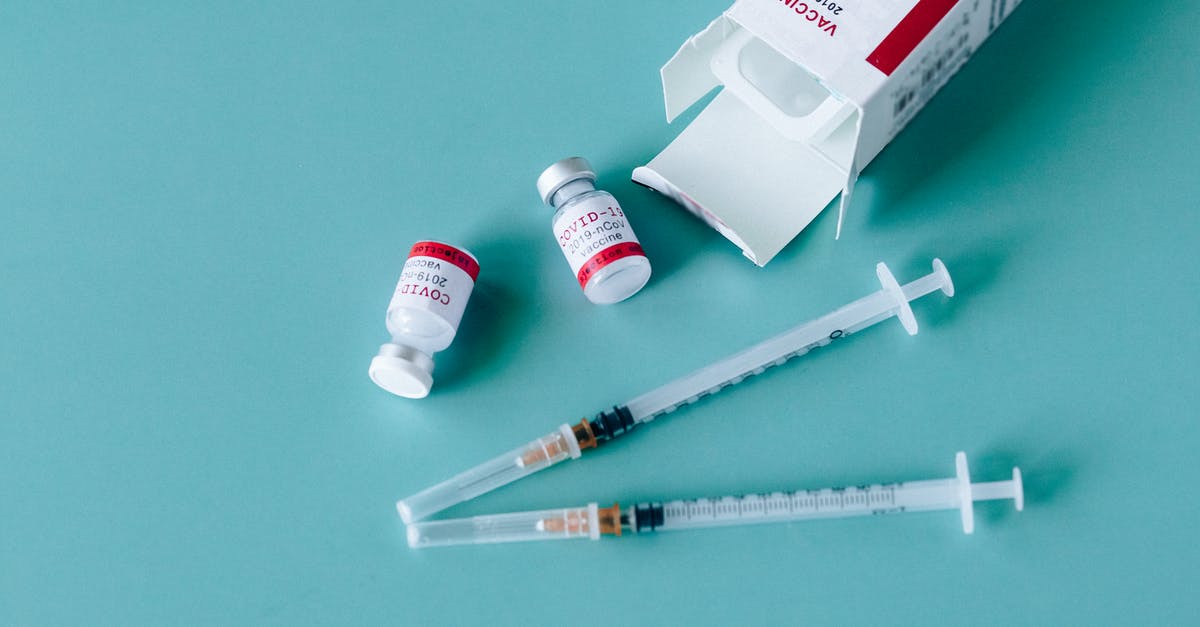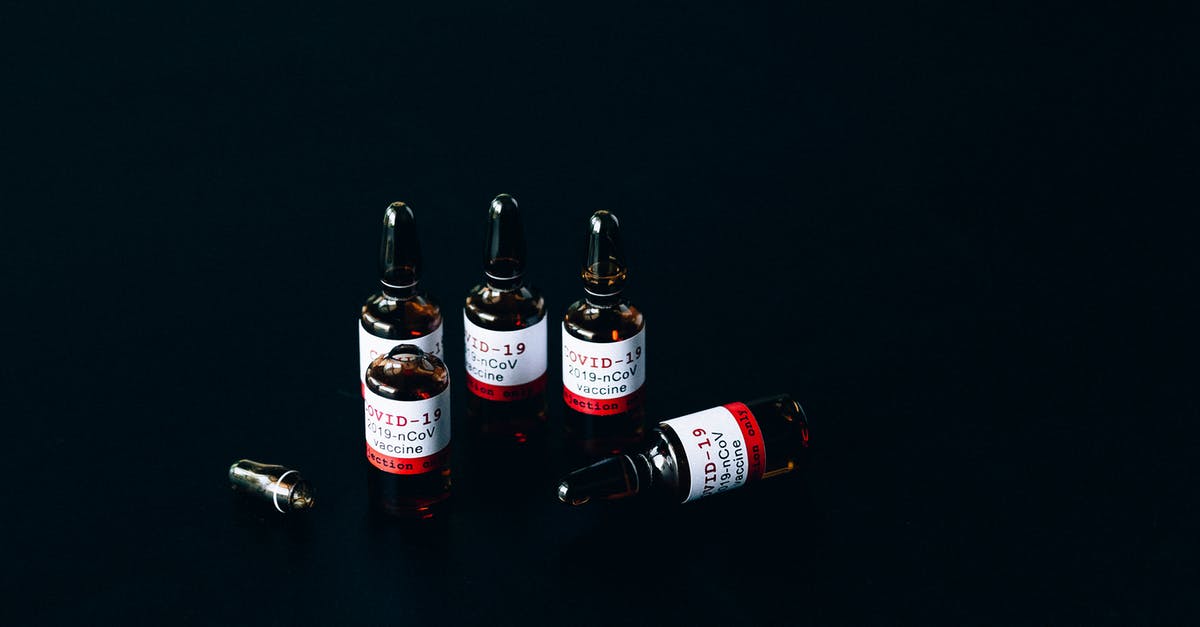Prebaking bread, which internal temperature would you go for?

I've made a batch of Dutch Stollen and I want to pre-bake them in the oven and keep them in the freezer. I was thinking of baking them to 70ºC internal temperature. The yeast should be dead by then, and I was wondering if the gluten would be set by then?
Best Answer
That should work, as 70C/158F is the gluten coagulation point. I'd probably go to 80C/176F because stollen's an enriched dough with many added ingredients (dried fruit, almond paste) and, as Athanasius says below, 75C/167F is where gluten is "completely set".
[I bake stollen to completion and then freeze them, but you probably have a reason why you want to parbake them. They dry out a lot in the freezer, so I'd love to know if parbaking them helps keep them moist. Can you let us know?
(Addendum. Mine dry out. That's probably because I use too much dried fruit (which absorbs water). (Addendum 2. Try dried Calimyrna figs in the stollen. They're not traditional, but they're wonderful in stollen and compliment the traditional orange zest/flavour and rum/brandy).
Source. http://www.thefreshloaf.com/node/14281/need-help-par-baking#comment-88647
He's quoting from Jeffery Hamelman, one of the most respected voices in bread.
There is a number of things (happenings) while bread bakes that you need to consider. Since, you will only be keeping these a short time, and your freezing them, some may be more important than others.
Overall, you want a stable product that won't change biologically, structually, or chemically while its being frozen, during thawing, and final baking, except for browning nicely.
That means you want to complete oven-rise, kill the yeast, coagulate the gluten, gelatinize all the available starches and stop all enzymatic activity.
I'm using Hamelman's Bread, page 24, as a reference for the necessary internal temperature needed to achieve all the above. Yeast dies about 140°F (60ºC), gluten coagulates between 158°F (70ºC) and 176°F (80ºC), i.e., oven-spring will cease, the dough will not collapse. Gelatinization and enzyme active is finished at 194°F (90ºC).
To insure a stable par-baked loaf, I'd bake it covered for 15 minutes, as you reasoned, but I'd rely on internal temperature to assure all biological, chemical and structual changes in the dough were complete.Finishing the par-bake covered or uncovered isn't critical. I think reaching 194°F (90ºC) will assure stable par-baked loaves, and relatively low or no crust coloration.
However, you may be able to get away with 9 or 10° less. An online source, states the well-known and well-respected La Brea bakery par-bakes bread to 185°F (85ºC), with satisfactory results.
Pictures about "Prebaking bread, which internal temperature would you go for?"



What temperature should bread be internally?
You may notice that many of our King Arthur Flour yeast bread recipes call for the perfectly baked loaf to reach an internal temperature of 190\xb0F. And honestly, this is a good benchmark. Most loaves and rolls will indeed be done when they register 190\xb0F at their center.Is bread done at 180 degrees?
Hard, crusty bread is baked until the center of the loaf registers 200 to 210 degrees F (212 degrees F when steam is used). Soft bread, such as enriched dinner rolls and sandwich bread, is baked until the center of the loaf registers about 180 to 190 degrees F.Can you bake bread at 400?
Preheat oven to 400 degrees F (200 degrees C). Bake in the preheated oven for 35 minutes or until the top is golden and the loaf sounds hollow when tapped on the bottom.How do you know when bread is done baking?
Basically, you just need to stick the toothpick into the bread. If the toothpick comes out clean with just a few moist crumbs, then the bread is finished baking.What temperature should you bake bread at?
Sources: Stack Exchange - This article follows the attribution requirements of Stack Exchange and is licensed under CC BY-SA 3.0.
Images: Nataliya Vaitkevich, Nataliya Vaitkevich, Tima Miroshnichenko, Pixabay
